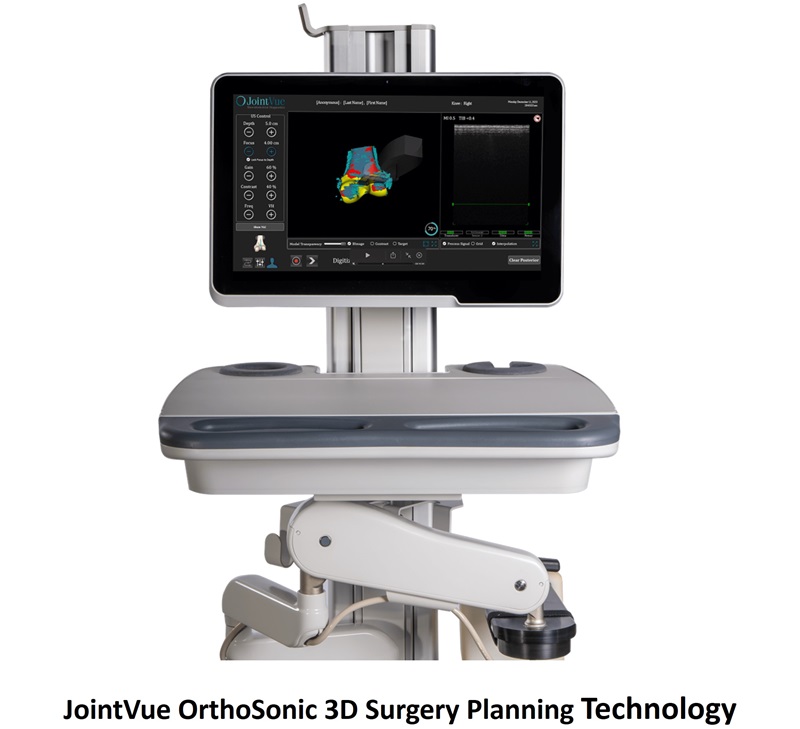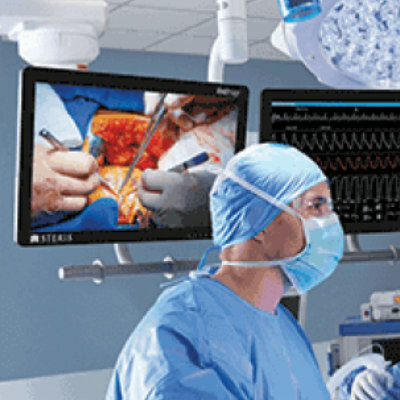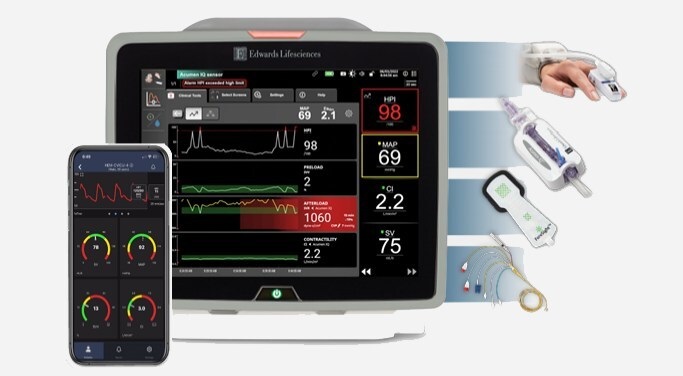Radiation Protection System Reduces Entire Interventional Team’s Exposure in Hospital X-Ray Labs
|
By HospiMedica International staff writers Posted on 12 Dec 2022 |
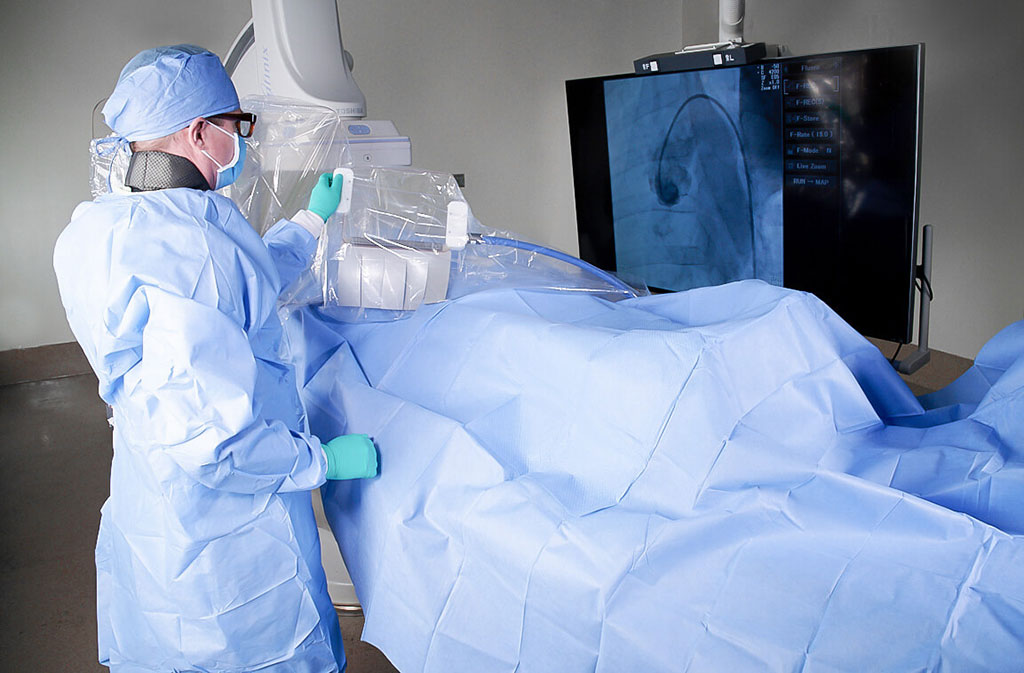
Scatter radiation is a form of secondary radiation created when the primary X-ray beam used to image the patient's anatomy during interventional fluoroscopy procedures is reflected off the patient's body in the procedure room. Physicians and staff who work in these environments are exposed to scatter radiation during medical procedures (such as angioplasty, stenting, and transcatheter valve treatment), putting them at increased risk for long-term health effects. Mounting published data show a link between this occupational radiation exposure and cancer, cataracts, hypertension, and neuro-degenerative issues, despite the use of standard X-ray shielding. Now, a comprehensive, scatter radiation protection system protects the entire interventional team in hospital X-ray labs (cardiac catheterization, electrophysiology, interventional radiology, and operating rooms) from the harm of long-term exposure to scatter radiation.
The EggNest XR from Egg Medical, Inc. (Arden Hills, MN; USA) is a comprehensive, scatter radiation protection system fully integrated into the workflow of the modern Cath Lab. The system is built on a novel carbon fiber platform with integrated radiation shielding that replaces the patient mattress on the X-ray table. It protects the entire medical team regardless of location, dramatically reducing scatter radiation exposure.
The EggNest system moves with patient and swings with X-ray, providing passive protection with an integrated antimicrobial and impermeable surface for ease of use. With a carbon fiber base platform and modular shielding components, it is designed for optimal imaging and C-arm motion. Testing performed by the company and confirmed by independent hospital studies has shown that the EggNest system reduces room scatter radiation by 91% vs. standard shielding. Egg Medical has achieved CE Mark for the EggNest XR radiation protection system and plans to continue expansion into all markets recognizing the CE Mark.
"Occupational exposure of hospital staff to X-rays during medical procedures is an important workplace risk. Almost everyone in the interventional cardiology and radiology profession knows someone with a radiation related illness. There have been minimal improvements in X-ray shielding over the past 30 years, leaving the medical teams working in these environments exposed to scatter radiation every day," said Robert F. Wilson MD, Egg Medical CEO. "The EggNest platform addresses the problem of hospital personnel radiation exposure for everyone working in these environments by reducing scatter radiation by an average of 91%."
"At Egg Medical, our belief is that everyone deserves protection, meaning the entire interventional team," added Wilson. "With CE mark approval of the EggNest platform, we are bringing this protection to more interventional teams worldwide."
Related Links:
Egg Medical, Inc.
Latest Surgical Techniques News
- Microgrippers For Miniature Biopsies to Create New Cancer Diagnostic Screening Paradigm
- Miniature Soft Lithium-Ion Battery Could Be Used as Defibrillator During Surgery
- TAVI Procedure Supported by Radial Artery Access Reduces Bleeding Complications
- Portable Surgical Robot Seamlessly Integrates into Any OR for Performing Cholecystectomy Procedures
- New Thoracic Surgery Risk Calculators Support Preoperative Decision-Making
- Surgical Platform with Miniature Humanoid-Shaped Robotic Arms Provides Human Level Dexterity
- Precision Surgical Technique Enables Lymph Node Detection and Removal in Endometrial Cancer
- Glowing Approach Helps Surgeons Assess Neural Blood Flow in Chronic Nerve Compression Neuropathy
- Predictive Model Identifies Best Patients for Minimally Invasive Epilepsy Surgery
- Light-Driven Micro-Robot Designed to Swim Autonomously in Viscous Liquids Could Be Used for Unblocking Blood Vessels
- Novel Approach Combines Advanced Robotics and Low-Field MRI Technology for Incisionless Prostate Surgery
- Fast OCT System Integrated into Neurosurgical Microscope Identifies Tumor Margins During Brain Surgery
- Miniature Robots Transport Instruments for Endoscopic Microsurgery Through Body
- Robotic Visualization System for Neurosurgery Offers Greater Clarity for Complex Procedures
- Endometrial Ablation for Abnormal Uterine Bleeding Associated with High Risk of Hysterectomy
- Breakthrough Robot Technology Could Allow Entire Surgery to Be Performed Without Human Intervention
Channels
Critical Care
view channel_1.jpg)
Cutting-Edge Bioelectronic Device Offers Drug-Free Approach to Managing Bacterial Infections
Antibiotic-resistant infections pose an increasing threat to patient safety and healthcare systems worldwide. Recent estimates indicate that drug-resistant infections may rise by 70% by 2050, highlighting... Read more
Sophisticated Machine-Learning Approach Uses Patient EHRs to Predict Pneumonia Outcomes
Pneumonia, an infection that results in difficulty breathing due to fluid accumulation in the lungs, is one of the leading causes of death worldwide. This condition is particularly challenging to treat... Read more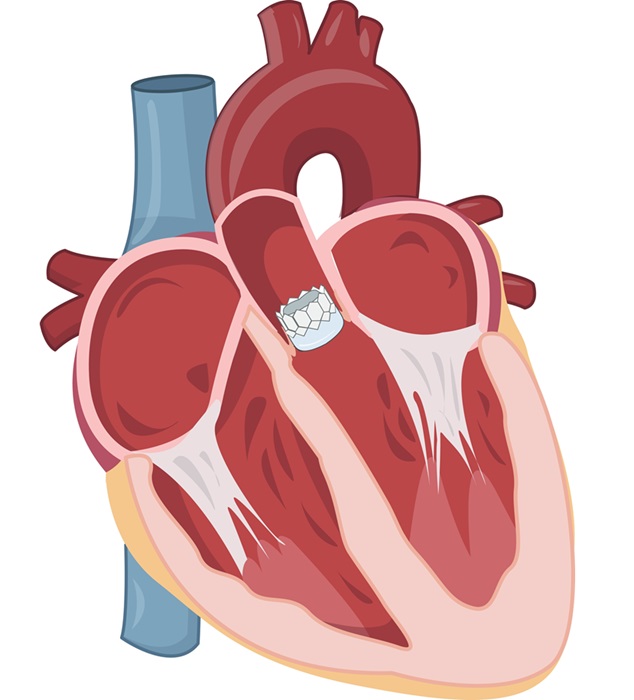
Early TAVR Benefits Patients with Asymptomatic Severe Aortic Stenosis
For patients with asymptomatic severe aortic stenosis (AS) and preserved left-ventricular ejection fraction, current guidelines recommend clinical surveillance every six to twelve months.... Read more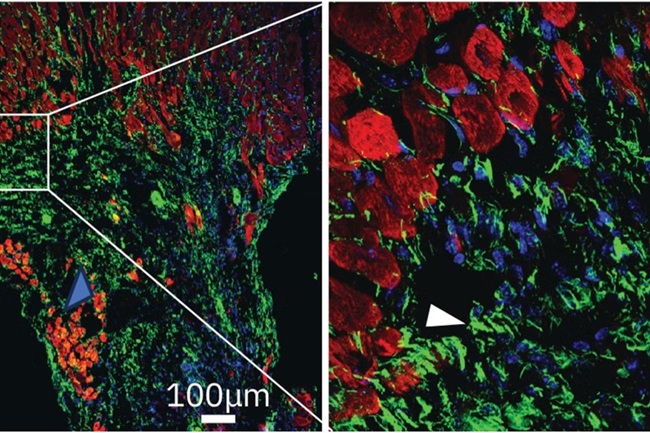
First-Of-Its-Kind Experimental Therapy Enhances Tissue Repair After Heart Attack
Cardiovascular disease remains the leading cause of death worldwide, accounting for one-third of all annual fatalities. Following a heart attack, the heart's natural regenerative ability is limited, resulting... Read moreSurgical Techniques
view channel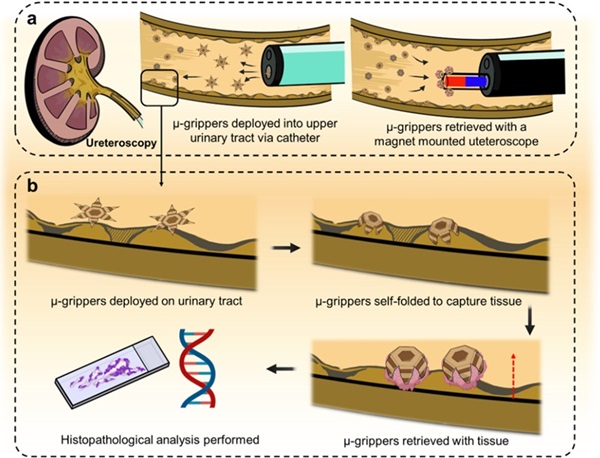
Microgrippers For Miniature Biopsies to Create New Cancer Diagnostic Screening Paradigm
The standard diagnosis of upper urinary tract cancers typically involves the removal of suspicious tissue using forceps, a procedure that is technically challenging and samples only a single region of the organ.... Read moreMiniature Soft Lithium-Ion Battery Could Be Used as Defibrillator During Surgery
The development of tiny smart devices, measuring just a few cubic millimeters, requires equally miniature power sources. For minimally invasive biomedical devices that interact with biological tissues,... Read more.jpg)
TAVI Procedure Supported by Radial Artery Access Reduces Bleeding Complications
The TAVI procedure, or Transcatheter Aortic Valve Implantation, is a minimally invasive technique in which a new aortic valve is inserted through a femoral artery to replace a narrowed old valve.... Read more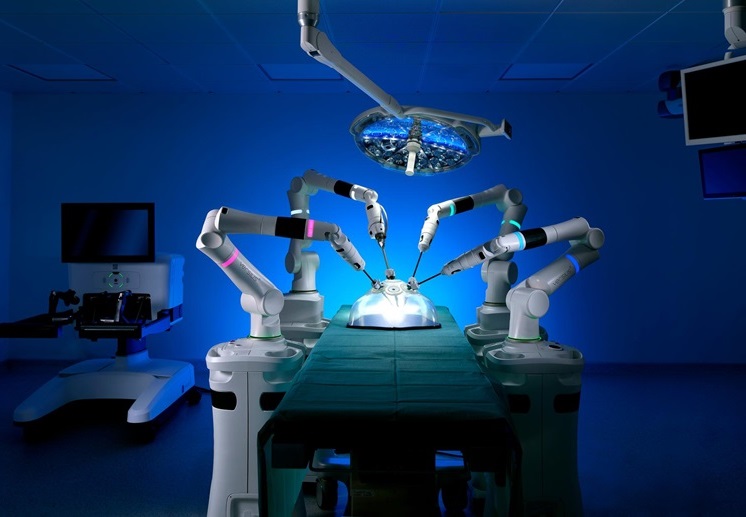
Portable Surgical Robot Seamlessly Integrates into Any OR for Performing Cholecystectomy Procedures
The United States represents a significant market with a strong demand for a flexible surgical robotic system applicable across various care settings. However, there has been a lack of sufficient options... Read morePatient Care
view channel
Portable Biosensor Platform to Reduce Hospital-Acquired Infections
Approximately 4 million patients in the European Union acquire healthcare-associated infections (HAIs) or nosocomial infections each year, with around 37,000 deaths directly resulting from these infections,... Read moreFirst-Of-Its-Kind Portable Germicidal Light Technology Disinfects High-Touch Clinical Surfaces in Seconds
Reducing healthcare-acquired infections (HAIs) remains a pressing issue within global healthcare systems. In the United States alone, 1.7 million patients contract HAIs annually, leading to approximately... Read more
Surgical Capacity Optimization Solution Helps Hospitals Boost OR Utilization
An innovative solution has the capability to transform surgical capacity utilization by targeting the root cause of surgical block time inefficiencies. Fujitsu Limited’s (Tokyo, Japan) Surgical Capacity... Read more
Game-Changing Innovation in Surgical Instrument Sterilization Significantly Improves OR Throughput
A groundbreaking innovation enables hospitals to significantly improve instrument processing time and throughput in operating rooms (ORs) and sterile processing departments. Turbett Surgical, Inc.... Read moreHealth IT
view channel
Machine Learning Model Improves Mortality Risk Prediction for Cardiac Surgery Patients
Machine learning algorithms have been deployed to create predictive models in various medical fields, with some demonstrating improved outcomes compared to their standard-of-care counterparts.... Read more
Strategic Collaboration to Develop and Integrate Generative AI into Healthcare
Top industry experts have underscored the immediate requirement for healthcare systems and hospitals to respond to severe cost and margin pressures. Close to half of U.S. hospitals ended 2022 in the red... Read more
AI-Enabled Operating Rooms Solution Helps Hospitals Maximize Utilization and Unlock Capacity
For healthcare organizations, optimizing operating room (OR) utilization during prime time hours is a complex challenge. Surgeons and clinics face difficulties in finding available slots for booking cases,... Read more
AI Predicts Pancreatic Cancer Three Years before Diagnosis from Patients’ Medical Records
Screening for common cancers like breast, cervix, and prostate cancer relies on relatively simple and highly effective techniques, such as mammograms, Pap smears, and blood tests. These methods have revolutionized... Read morePoint of Care
view channel
Handheld, Sound-Based Diagnostic System Delivers Bedside Blood Test Results in An Hour
Patients who go to a doctor for a blood test often have to contend with a needle and syringe, followed by a long wait—sometimes hours or even days—for lab results. Scientists have been working hard to... Read more
Smartphone-Enabled, Paper-Based Quantitative Diagnostic Platform Transforms POC Testing
Point-of-care diagnostics are crucial for public health, offering rapid, on-site testing that enables prompt diagnosis and treatment. This is especially valuable in remote or underserved regions where... Read moreBusiness
view channel
Hologic Acquires Gynesonics to Strengthen Existing Gynecological Surgical Business
Hologic (Marlborough, MA, USA) has signed a definitive agreement to acquire Gynesonics (Redwood City, CA, USA) for approximately USD 350 million, subject to working capital and other customary closing adjustments.... Read more